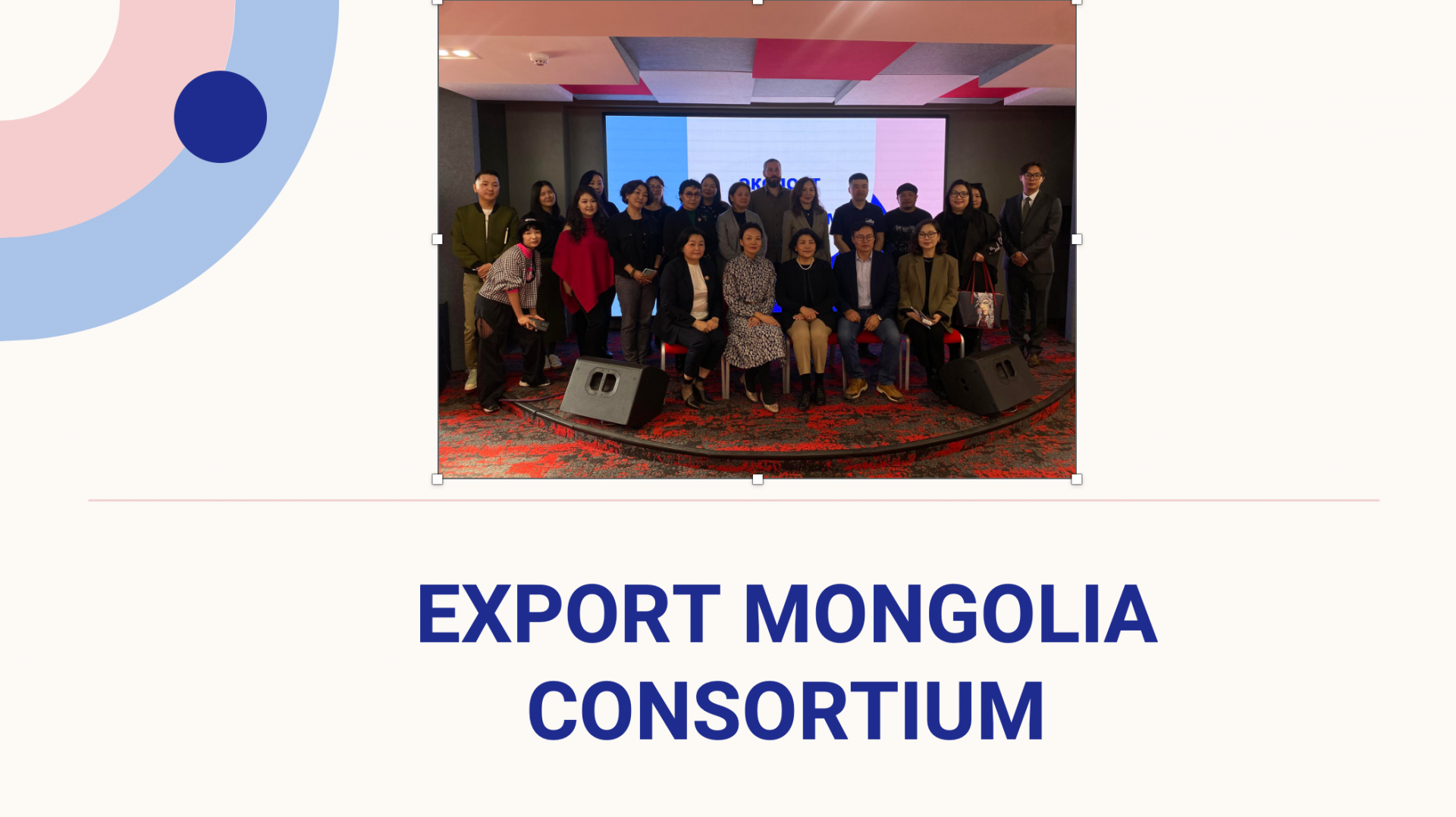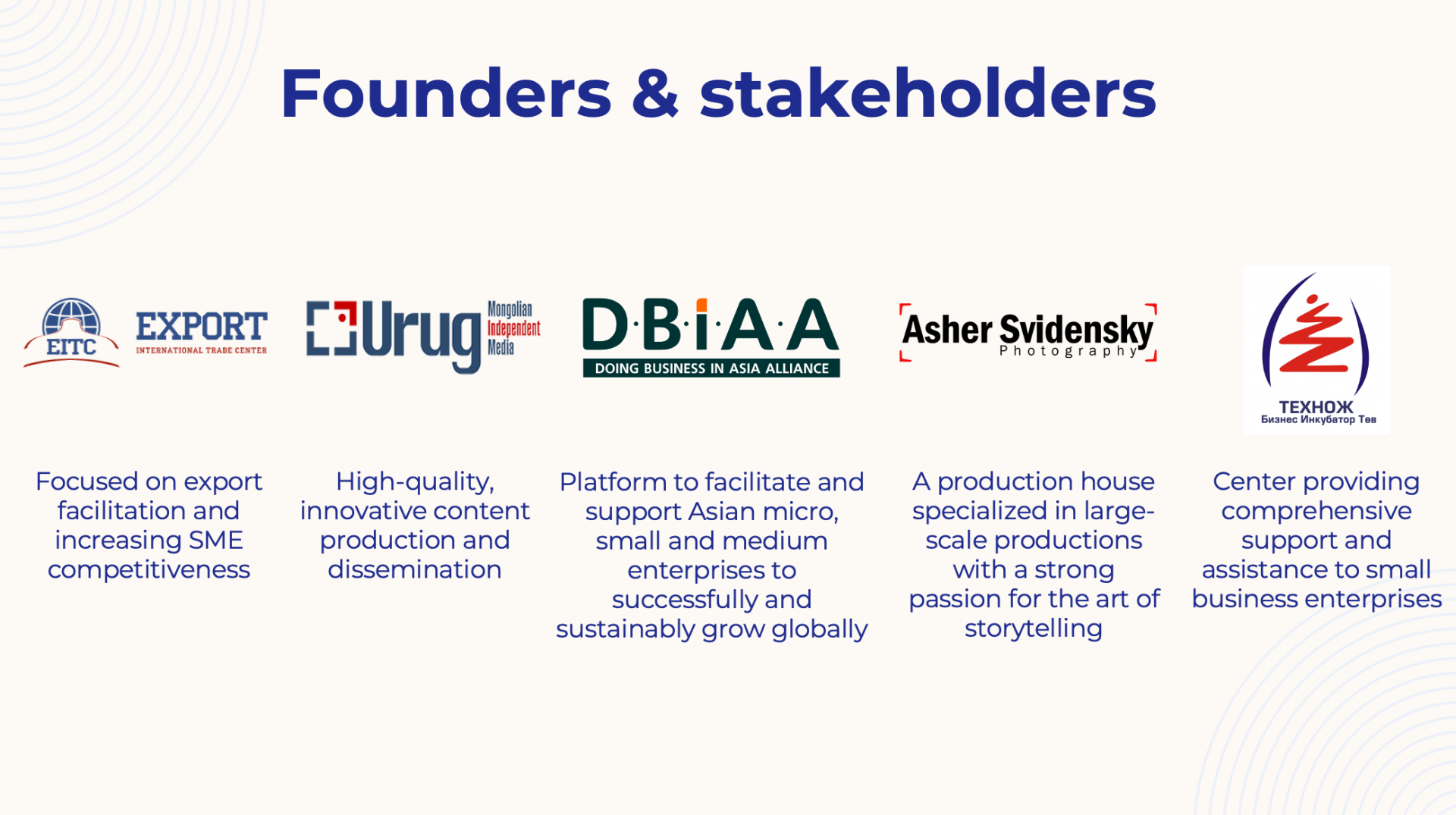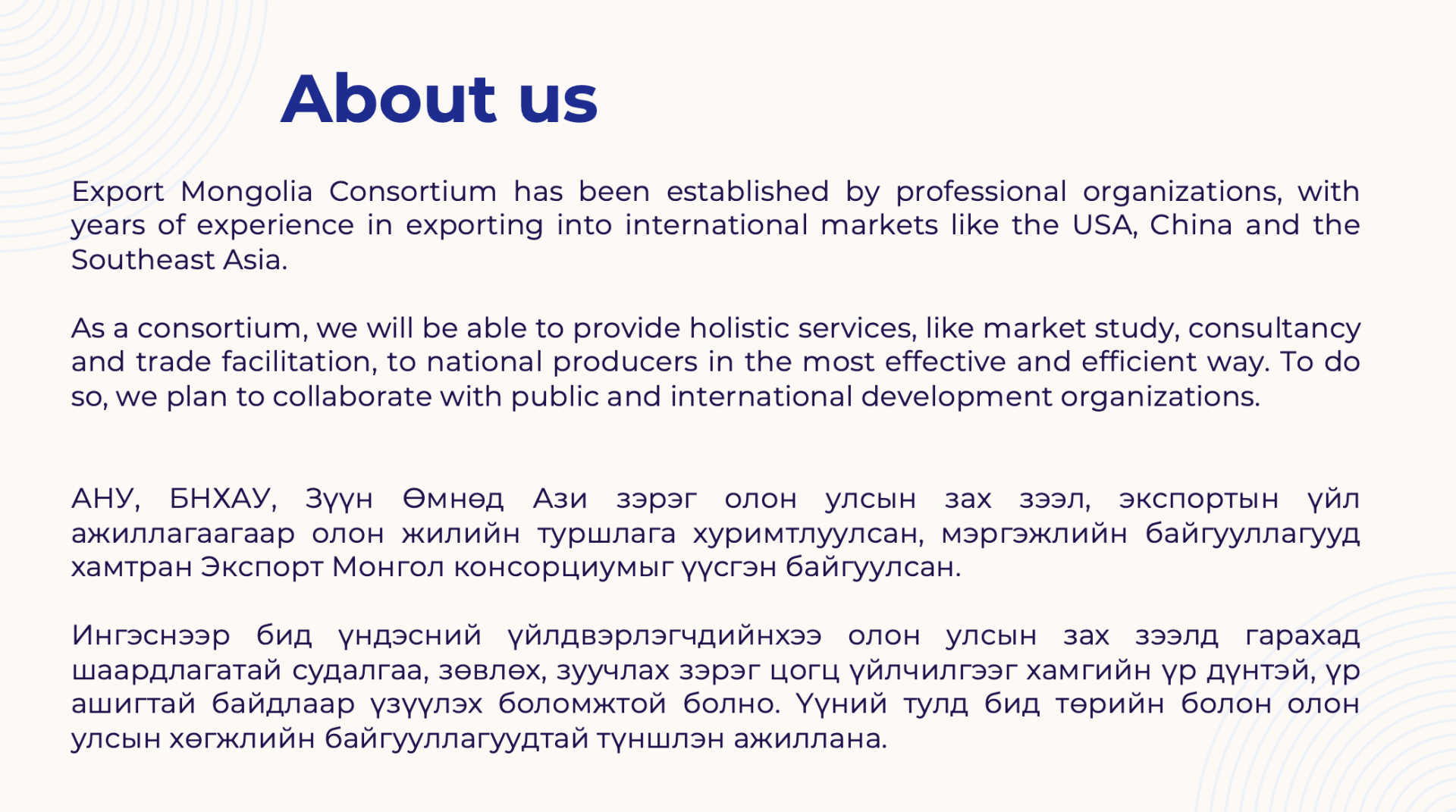Mongolia
At 1,563,116 square kilometers, Mongolia is the 8th largest in Asia and 17th largest sovereign state in the world.
Mongolia has a population of 3,2 million people.
Mongolia is ranked at the 5th place in the world by its people’s average IQ.
Mongolia is one of the most sparsely populated sovereign state in the world, with only 2 people per square kilometer.
Mongolian Gobi is the largest desert in Asia and the 5th largest desert in the world.
Khuvsgul lake is the largest fresh water lake in Mongolia. It is the deepest lake in Central Asia with a maximum depth of 267.2 meters.
UNESCO listed the Uvs Lake Basin and Orkhon Valley as a natural Heritage Site.
41,1% of the population lives in Ulaanbaatar (capital city), the rest lives in the countryside. Mongolia’s population ranks around 138th in the world. About 59% of the total population is under age 30.
Mongolia has 66 million head of livestock. Most herders in Mongolia follow a pattern of nomadic pastoralism.
Mongolia is well positioned to offer sustainable, premium production of meat as the livestock grazes on a vast rangeland with more than 200 rare medical plants and 150 plants species only grown in Mongolia.
This is why Mongolian livestock considered as the 8th wonder of the world.
Mongolian economic growth was 6,3% (2020 est).
35 percent of the country’s surface has been licensed for mining exploration and more than 80 minerals have been discovered in Mongolia.
The principal reserves include gold 1619, silver 227 thousand, copper 36,3 million, iron 660 million, molybdenum 5,9 million, oil 250 million and coal reserves at an estimated 175 billion tonnes. As of now, 9.8 billion tones of reserve have been confirmed.
For Mongolia, cashmere is the country’s 3rd largest exporting industry after copper and gold.
he Cashmere industry provides income to over 100,000 people, 90% of whom are women, and 80% are people below the age of 35.
Mongolia has an estimated total of 27 million goats and an annual cashmere production capacity of 9,400 tons.
Mongolian Yurt (Ger)
The Mongolian ger is the traditional dwelling of the nomadic peoples in Central Asia.
The history of felt gers (yurts), the residence of traditional Mongolia's ancient tribes and aimags, dates back to about 3,000 years ago and has become a staple of Mongolian life.
Medieval tourist`s stated in their records that the "the movement of the 13th century Mongol ger cart is spectacular and appears as moving as a large city."
The Mongolian ger is: best suited for the nomadic life.
The structure and the design of Mongol ger is very interesting. You can see many structural highlights such as its light, compact and durable design with unique architectural solutions.
In modern times
Mongolians are continuously using ger in their daily lives, and creating different designs of gers.
Within this, Khaadiin Ger brand team is developing and manufacturing traditional Mongolian gers using the state-of-the-art technologies and solutions, also is known for their uniquely designed traditional home furniture, felt quilted products, creamics, felt paintings and 100% handmade embroideries.
WE AS MONGOLIANS HAVE A RESPONSIBILITY TO INHERIT AND CONTINUE OUR NATIONAL CULTURAL HERITAGE TO THIS DAY
- As for a Mongolian ger with a history of 3,000 years
- Made of wood and felt material
- Easy to assemble and take apart
- Warm
- Low risk in case of natural disasters
- Mongolian nomadic people have been using ger for its many advantageous different features.
- It is a unique structure that Mongols carried around and lived in any season whilst conquering half of the world
- In modern days, it is used as decoration and symbolism all around the country and made with thousands of different design patterns that could be appreciates as art
- Mongol ger is a wonderful structure that can be built in a few minutes without nailing a single stake into the ground. This shows how amazing eco-life Mongolians have.
- The house of kings and princes was built to be carried on 10 male ox carts, and several hundred people could freely fit in it once built
- There were a lot of gers with 8 ox cart
- If you want to find an apartment with eco-raw materials and no nails, you will not find it anywhere but in Mongolia. It attracts a lot of attention from foreigners who do not believe in it
- It is also called a work that embodies the wonderful combination of sockets and sockets.
- The world is losing its development and moving forward in search of the best culture. But many people are surprised to think that Mongolians used the wonderful work they are looking for in their daily lives about 3,000 years ago.
- What is the world striving for today? that is, MINIMALIST use + ECO USE
- If you want to find a house with wonderful raw materials that do not contain any chemical ingredients, there is only a Mongolian ger
- All the technology used to produce felt in any country in the world is Mongolian technology.
- Felt ger artifacts from 2000 years old are still being found, so it is possible to see how flexible and strong ger felt is ... Isn't it amazing?
- International researchers have concluded that housing is the lowest risk in the event of an earthquake disaster.
- There is an interesting study by historians that the first historical origin of the Mongol ger was underground 10,000 years ago.
- During the unstable times of war around the world, spies would suddenly find and occupy the cities of the country they were planning to attack. However, when foreign spies saw the Mongol settlements and returned to fight with the other soldiers, the settlements had disappeared.
- This is definitely a miracle of a Mongolian ger. You can stay wherever you want and move anytime ...
- The foreign warriors who were destroying other cities were really desperate.
- Lately, Mongolian gers have been built on cattle carts to reach the desired destination.
- Marco Polo, who saw a village moving with a cart, wrote in his book, "I have seen the whole city move. There is no other country in the world that moves like this except Mongolia."
- I used to look at the clock using the sunlight on the car. For example, it is interesting to note that when the spring sun began to set in the northwest at 9 o'clock, the Horse Hour (11:40) was considered to begin.
- If you live in a Mongolian ger, you can live in the temperature of +40 degrees Celsius.
- Even in -40 degrees Celsius, the ger is very warm because there is no corner to warm up very quickly when a fire burns.
- An open fire in a Mongolian ger is important. Most of the time, the flames of dung manure killed the germs in the house .... It was a wonderful solution with no corners where bad negative energy could not be established ... It was a wonderfully evenly distributed house in the south-west and north-east.
- People need to make the Mongolian ger more beautiful and add colors and patterns. The ornaments used in Mongolian gers all symbolize goodness and longevity. Numbers are painted in yellow and red, symbolizing the sun and Un as rays from the sun.
- As urbanization increases, the number of Mongolian gers is declining, but Mongolian gers are unique. -The number of people who respect and use Mongolian ornaments as works of art is increasing.
- The smallest Mongolian ger is the 3-walled ger used in the museum. The largest ger is 36-walled, 28.81 meters in diameter, and has an area of about 1,000 square meters.
- It has a capacity of 500 people at a time.
- The ger is 14 meters high or the equivalent of a three-story house.
- In 2018, our country was able to register the world's largest ger in the Guinness Book of World Records.
- Every year, more and more people are interested in exploring ger design, which combines design, history, tradition, and minimalist style with eco-raw materials.
- In particular, what attracts the most attention of foreigners is the MONGOLIAN GER, which is innumerable and has many unsolved mysteries.
MONGOLIANS HAVE CONTINUED TO INHERIT THE NATIONAL CULTURAL HERITAGE
Mongolian Traditional Food "Khorkhog"
Khorkhog (Mongolian: Xopxoг) is a barbecue dish in Mongolian cuisine. Khorkhog is made by cooking pieces of meat inside a container which also contains hot stones and water, and is often also heated from the outside.
To make khorkhog, Mongolians take lamb (goat meat can be substituted) and cut it into pieces of an appropriate size while leaving the bones attached. The cook then places ten to twenty fist-sized stones over a fire. When the stones are hot enough, the rocks and the meat are placed in the chosen cooking container. Metal milk jugs are a traditional and typical choice, although any container sturdy enough to hold the hot rocks will serve.
The heat of the stones and the steam will cook the meat inside the jug. The cook can also put the jug on a fire or the stove if the stones are not hot enough. The stones will turn black from the heat and the fat they absorb from the lamb. The jug remains covered while the cook listens to and smells the meal to judge when it is ready. The stones can take up to an hour and a half to cook the meat sufficiently. When the dish is ready, the cook hands out portions of meat along with the hot stones which are tossed from hand to hand and are said to have beneficial properties. Diners usually eat khorkhog with their fingers, although knives may be used to slice the meat off the bone.
Khorkhog is a popular dish in Mongolian cuisine.







